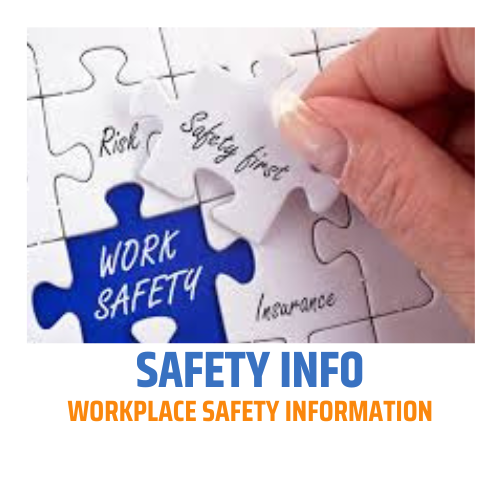What are the 5 principles of safety?
The five principles of safety provide a framework for
promoting a safe work environment and guiding safety practices. These
principles are widely recognized and utilized in various industries. The
following are the five principles of safety:
- Hazard Identification: The first principle involves identifying and recognizing workplace hazards. This includes identifying potential sources of danger, such as machinery, chemicals, or unsafe work practices. Conducting thorough risk assessments, inspections, and hazard analyses are essential for identifying potential hazards and understanding their associated risks.
- Risk Assessment and Management: Once hazards are identified, the next step is to assess and manage the risks they pose. Risk assessment involves evaluating the likelihood and severity of potential incidents or accidents resulting from the identified hazards. Effective risk management involves implementing controls and mitigation measures to eliminate or reduce the risks to an acceptable level.
- Safety Training and Education: Ensuring that workers are properly trained and educated on safety practices is crucial for maintaining a safe workplace. This principle emphasizes the importance of providing comprehensive safety training programs to employees, including training on hazard recognition, proper equipment use, emergency procedures, and safe work practices. Regular refresher training should be conducted to reinforce knowledge and address new hazards.
- Employee Engagement and Empowerment: The active involvement of employees in safety processes is vital. This principle promotes employee engagement, encouraging workers to participate in safety initiatives, identify hazards, report near misses and incidents, and contribute to the development and improvement of safety policies and procedures. Empowering employees by giving them the authority and responsibility to make safety-related decisions enhances their commitment to safety.
- Continuous Improvement: Safety should be an ongoing process that continuously evolves and improves. This principle emphasizes the importance of regularly evaluating safety performance, incident data, and feedback to identify areas for improvement. Employers should implement mechanisms for collecting and analyzing safety-related data, conducting investigations, and using the information to implement corrective actions and preventive measures. Regular safety audits, inspections, and management reviews are also important components of continuous improvement.
By applying these principles of safety, organizations can
create a proactive safety culture, reduce incidents and injuries, and foster a
safer work environment for their employees. It is important to adapt and tailor
these principles to the specific needs and risks of each industry or workplace.







0 Comments